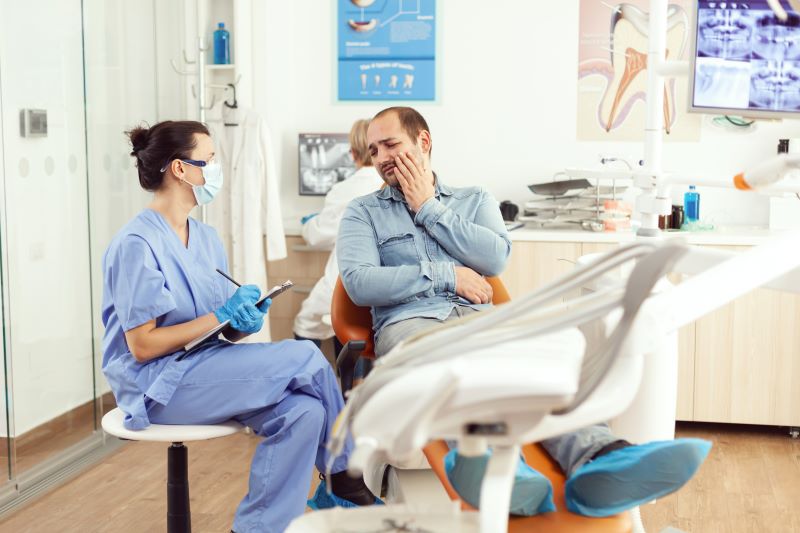
Dental emergencies can strike at the most unexpected times, causing pain, discomfort, and even panic. Knowing how to recognize these emergencies and what steps to take can save your teeth and protect your oral health. Here are five common dental emergencies and how an emergency dentist can provide the care you need.
#1 Severe Toothache
A toothache might seem like a minor issue, but if it becomes severe or persists, it could indicate an underlying problem such as tooth decay, an abscess, or a cracked tooth. Toothaches can be debilitating and interfere with your daily activities, making it crucial to seek professional help.
An emergency dentist in Ellenbrook can quickly diagnose the cause of your pain and provide immediate relief. Whether it’s a filling, a root canal, or other treatment, they’ll ensure the issue is addressed promptly.
#2 Broken or Chipped Tooth
Accidents happen, and a broken or chipped tooth is one of the most common dental emergencies. This issue not only affects your appearance but can also expose the inner layers of your tooth to bacteria, leading to infection.
A dentist in Ellenbrook can repair your tooth with treatments such as dental bonding, veneers, or crowns, restoring its appearance and functionality. Acting quickly can prevent further damage and save your tooth.
#3 Knocked-Out Tooth
Losing a tooth due to trauma can be a distressing experience, but immediate action can sometimes save the tooth. If this happens, gently rinse the tooth with water, avoid touching the root, and place it back into the socket if possible. If not, keep it in a container of milk or saliva to preserve it.
An emergency dentist has the expertise to attempt re-implanting the tooth. Timely treatment, ideally within an hour, significantly increases the chances of saving the tooth.
#4 Lost Filling or Crown
When a filling or crown falls out, it leaves the affected tooth vulnerable to sensitivity, pain, and further damage. It’s essential to protect the tooth until you can see a dentist. Avoid chewing on that side and use dental wax or sugar-free gum to cover the exposed area temporarily.
A dentist in Ellenbrook can replace the lost filling or crown, ensuring your tooth is protected and functioning properly again. They can also assess whether further treatment is needed to strengthen the tooth.
#5 Dental Abscess
A dental abscess is a severe infection that forms at the root of a tooth or in the surrounding gum tissue. Symptoms may include intense pain, swelling, fever, and a bad taste in your mouth. Left untreated, an abscess can spread the infection to other parts of your body, posing a serious health risk.
An emergency dentist in Ellenbrook can treat the abscess by draining it, performing a root canal, or, in some cases, extracting the tooth. Prompt attention is vital to avoid complications.
How to Prevent Dental Emergencies
While not all dental emergencies can be avoided, taking preventive measures can significantly reduce the risk:
- Maintain good oral hygiene by brushing and flossing daily.
- Wear a mouthguard during sports or other physical activities.
- Avoid chewing on hard objects like ice, pens, or hard candies.
- Schedule regular check-ups with your dentist in Ellenbrook to catch potential issues early.
Why Choose an Emergency Dentist?
When dental emergencies arise, having access to an emergency dentist can make all the difference. They are equipped to handle urgent cases and provide the necessary care to alleviate pain and prevent further complications. Whether you’re dealing with a sudden toothache, a knocked-out tooth, or another dental emergency, don’t hesitate to seek help.
If you’re searching for a trusted dentist in Ellenbrook, reach out to a professional who can provide the immediate attention and treatment you need. Remember, acting quickly can save your smile and protect your overall health.
By understanding these common dental emergencies and how to handle them, you’ll be better prepared to act swiftly and ensure the best possible outcome for your oral health.